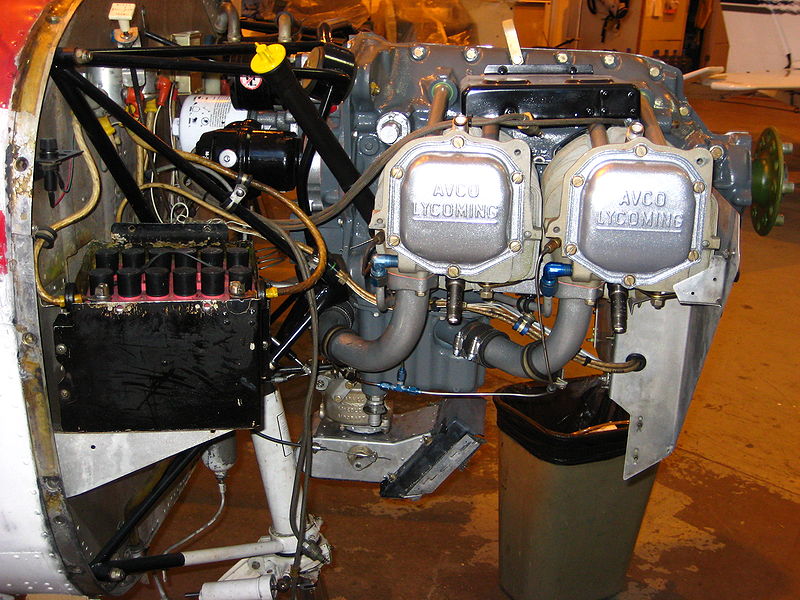I’ve been out for a while. In the meantime the work on REP is gone further ahead.
We have been working on the electrical system (which is not really complex on a GA airplane).
The most complex components are the battery and the alternator.
 Both are rendered quite realistically in X-Plane so we didn’t have to do much work, I must say. Mainly, what we did is model the battery dynamics when the battery itself is switched off.
Both are rendered quite realistically in X-Plane so we didn’t have to do much work, I must say. Mainly, what we did is model the battery dynamics when the battery itself is switched off.
A battery is, in fact, “alive” even when you are not using it.
For instance, every battery suffers of self-discharge and so does the battery we have on board of our GA piston aircrafts.
A self discharge is a phenomena that takes action when the battery is not used. Also, it is more effective when the battery is connected to a circuit, even if the circuit is turned off.
REP keeps the battery state between sessions: if you discharge the battery and then reload the sim, you will get the same electrical charge you left in it in the previous session minus a little amount dued to the battery self discharge.
The amount of charge lost by self-discharge is relative to the amount of time the battery was left unused, so if you leave the sim for two days you will loose less charge than leaving the sim for two weeks.
If you plan to not use a REP powered plane for a long time (for example, for an entire season) you may want to disconnect the battery in order to keep it safe. You can do this via the “Hangar” menu of the plugin.
If you disconnect the battery it will still loose a little bit of charge but not too much.
That’s it for today!
PS: In the next days I’m planning to release some screenshot of REP’s UI and maybe a video showing part of the damages system. 😉

Pingback:REP: User Interface Preview - SimCoders.com